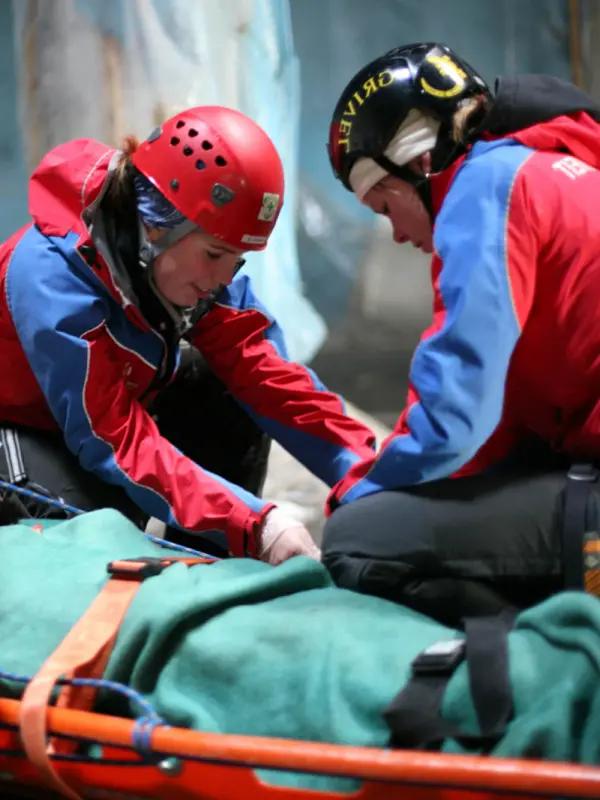Functional Position Description
The following qualifications, competencies, and tasks are required of wilderness medical providers. Wilderness medical certification will only be issued to those students who fulfill these requirements. Students who participate in a course and pass all written and practical exams but do not meet the following qualifications, competencies, and tasks may receive a Letter of Successful Completion in place of a certification.
Qualifications
- You must meet the required minimum age for the course for which you are registering by the first day of that course. Minimum age requirements can be found in course descriptions at wildmed.com. If you are under 18 years of age, written proof of parental/guardian consent is required.
- You must have the ability to communicate effectively with instructors, classmates, coworkers, and other rescue personnel; calculate medication dosages based on body weight/ mass; interview patients, family members, and bystanders; document all relevant information in the prescribed format; and perform the physical and diagnostic skills required for the level of certification. For WEMT and WALS™ certification levels, the required skills also include determining blood pressure and lung sounds.
- You must have the ability to assist in lifting, carrying, and balancing a person weighing up to 300 pounds (136 kilograms). You must possess the dexterity necessary to perform all tasks related to the highest quality patient care. You must have the ability to access another person on uneven terrain, to work in confined spaces, and to work in extreme environmental conditions.
- You must have the ability to use good judgment and remain calm in high stress situations.
- You must successfully complete written exams and practical assessments conducted by WMAI instructors.
Competency Areas
- You must demonstrate competency in assessing a patient, handling emergencies, and utilizing Basic Life Support equipment and procedures to the level of certification.
- You must be able to assess lung sounds at the WEMT and WALS™ certification levels.
- You must demonstrate the ability to perform CPR, control hemorrhaging, properly assess and stabilize an injured spine, manage fractures and other musculoskeletal injuries, reduce simple dislocations, cleanse, and dress wounds, and manage environmental emergencies.
Description of Tasks
Below is a generalized summary of tasks a wilderness medical care provider may perform. When performing these tasks, the wilderness medical care provider is expected to provide high quality patient care while using discretion and professionalism. This includes but is not limited to acknowledging and practicing respect for the patient’s rights and privacy.
A certified wilderness medical provider…
- Determines the nature and extent of illness or injury, measures pulse rates and blood pressure, assesses respiratory status, observes changes in skin color, searches for medical alert identification, establishes priority for emergency care, and renders appropriate care to competency level. For WEMT and WALS™ certification levels, tasks also include determining blood pressure and lung sounds.
- Accesses and assists in the extrication of a patient from an entrapment. Is knowledgeable and able to use or assist in the use of accepted rescue and medical techniques, procedures, and devices as needed. Assists in evacuating patient to an ambulance or medical facility. Uses accepted emergency medical techniques, procedures, and devices.
- Reports nature and extent of illness or injury to ambulance personnel or receiving facility. Establishes on-line medical control as needed. Continually reassess patient during evacuation and provides care as needed.
- Is able to work in extreme environmental conditions and various terrains. Documents and reports in the prescribed format to ambulance or hospital personnel.
